Allison, Melissa. 28 January 2013. "As India Gains Strength, So Does Its Coffee." The Seattle Times. Retrieved August 19, 2014.
- Available at: http://seattletimes.com/html/specialreportspages/2020216578_coffee-in-india-part-two.html
Boelens, Bo; Watkins, Michael; and Grayson, Michael. 2009. The Eponym Dictionary of Mammals. Johns Hopkins University.
Coffee Bits. 17 June 2014. "Monkey Coffee." Kencaf Importing & Distributing Inc. Retrieved August 19, 2014.
- Available at: http://www.kencaf.com/monkey-coffee/
Communications and Public Affairs. 26 November 2002. "Kopi Luwak Coffee Safe, U of G Study Finds." University of Guelph Campus News. Ontario, Canada. Retrieved August 19, 2014.
- Available at: http://www.uoguelph.ca/news/archives/002065.html
Corbet, G.B.; and Hill, J.E. 1992. Mammals of the Indo-Malayan Region: A Systematic Review. Oxford, U.K.: Oxford University Press.
Davids, Kenneth. 2007. "Exotic Procedures in Far Places: Aged, Monsooned and Luwaked Coffees." The Coffee Review. December 3, 2007. Coffee Review. Web. www.coffeereview.com
- Available at: http://www.coffeereview.com/exotic-procedures-in-far-places-aged-monsooned-and-luwaked-coffees/
Fooden, J. 2000. "Systematic Review of the Rhesus Macaque, Macaca mulatta (Zimmermann, 1780)." Fieldiana Zoologica 96:1–180.
Goodwin, Lindsey. "Monkey Coffee: Cat Poop Coffee Isn't the Only 'Animal-Processed' Coffee Anymore!" About.com: Food > Coffee/Tea > Coffee 101 & FAQs. Retrieved August 19, 2014.
- Available at: http://coffeetea.about.com/od/coffeebasics/a/Monkey-Coffee.htm
Groves, C. P. 2001. Primate Taxonomy. Washington, D.C.: Smithsonian Institution Press.
Harper, Jennifer. 24 July 2008. "Exotic Coffee is Monkey Business." The Washington Times. Retrieved August 19, 2014.
- Available at: http://www.washingtontimes.com/news/2008/jul/24/exotic-coffee-is-monkey-business/
Instaurator. 10 April 2008. "Monkey and Civet Parchment -- Clarifications." The Espresso Quest. Retrieved August 19, 2014.
- Available at: https://www.espressoquest.com/Blogs/3/43.html
Instaurator. 14 March 2008. "Monkey Coffee -- India Devon Estate Selection 795." Coffeed.com for Professionals and Fanatics. Retrieved August 19, 2014.
- Available at: http://www.coffeed.com/viewtopic.php?f=19&t=1973
Jacobs, Tom. 8 October 2008. "Monkey See, Monkey Brew." Pacific Standard. Retrieved August 19, 2014.
- Available at: http://www.psmag.com/media/monkey-see-monkey-brew-4191/
Kiely, Mick. 9 September 2009. "Monkey Parchment Coffee Fans." Barista Exchange. Retrieved August 19, 2014.
- Available at: http://www.baristaexchange.com/group/monkeyparchmentcoffeefans
Luttinger, Nina; and Dicum, Gregory. 24 April 2006. The Coffee Book: Anatomy of an Industry from Crop to the Last Drop. New Press Bazaar Book.
Marcone, Massimo F. 2004. "Composition and Properties of Indonesian Palm Civet Coffee (Kopi Luwak) and Ethiopian Civet Coffee." Food Research International 37(9):901-912.
Marcone, Massimo F. March 2005. "Corrigendum to 'Composition and Properties of Indonesian Palm Civet Coffee (Kopi Luwak) and Ethiopian Civet Coffee'." Food Research International 38(2):233.
Martin, Robert D. 2004. "Old World Monkeys II (Cercopithecinae)." Pp. 187-195 in Grzimek's Animal Life Encyclopedia, Second Edition. Volume 14: Mammals III, edited by Michael Hutchins, Devra G. Kleiman, Valerius Geist, and Melissa C. McDade. Farmington Hills, MI: Gale Group, Inc., division of Thomson Learning Inc.
Martin, Robert D. 2004. "Rhesus macaque: Macaca mulatta." P. 200 in Grzimek's Animal Life Encyclopedia, Second Edition. Volume 14: Mammals III, edited by Michael Hutchins, Devra G. Kleiman, Valerius Geist, and Melissa C. McDade. Farmington Hills, MI: Gale Group, Inc., division of Thomson Learning Inc.
MiguelM. 1 August 2008. "Coffee and Food Pairing at Blacksheep Saturday." CoffeeGeek. Retrieved August 19, 2014.
- Available at: http://coffeegeek.com/forums/espresso/leverespresso/380271
"Monkey Parchment Coffee." Coffee Snobs. Retrieved August 19, 2014.
- Available at: http://coffeesnobs.com.au/general-coffee-related/12228-monkey-parchment-coffee.html
"Monkey Parchment Coffee Powder." Crafts Villa. Retrieved August 19, 2014.
- Available at: http://www.craftsvilla.com/monkey-parchment-coffee-powder.html
Mudappa, D.; Kumar, A.; and Chellam, R. 2010. "Diet and Fruit Choice of the Brown Palm Civet Paradoxurus jerdoni, a Viverrid Endemic to the Western Ghats Rainforest, India." Tropical Conservation Science 3(3):282–300.
Pais, Allen J. 1 March 2006. "Monkey Chewed Coffee Beans." EcoFriendly Coffee. Retrieved August 19, 2014.
- Available at: http://ecofriendlycoffee.org/monkey-chewed-coffee-beans/
Palmer, Adam S. 26 October 2008. "Monkey Parchment Coffee." Paradise Roasters Coffee Blog. Retrieved August 19, 2014.
- Available at: http://paradiseroasters.blogspot.com/2008/10/monkey-parchment-coffee.html
Prendergast, Mark. 28 September 2010. Uncommon Grounds: The History of Coffee and How It Transformed Our World. New York, NY: Basic Books.
Rahaman, H.; and Parthasarathy, M. 1967. "A Population Survey of the Bonnet Monkey (Macaca radiata Geoffroy) in Bangalore, South India." Journal of the Bombay Natural History Society 64:251-252.
Rajamani, N.; Mudappa, D.; and Van Rompaey H. 2002. "Distribution and Status of the Brown Palm Civet in the Western Ghats, South India." Small Carnivore Conservation 27:6–11.
Rice, Robert; and Bedoya, Mauricio. September 2010. "The Ecological Benefits of Shade Grown Coffee: The Case for Going Bird Friendly." Smithsonian National Zoological Park: Smithsonian Migratory Bird Center. Retrieved August 19, 2014.
- Available at: http://nationalzoo.si.edu/scbi/migratorybirds/coffee/bird_friendly/ecological-benefits-of-shade-grown-coffee.cfm
"RMiguel Coffee Introduces Monkey Parchment Coffee to the U.S." PRWeb, Online Visbility from Vocus > News Center. Retrieved August 19, 2014.
- Available at: http://www.prweb.com/releases/rmiguelcoffee/monkeyparchment/prweb1132364.htm
Shylaja, B.S. 2007. "Historical Notes: The zodiacal pillars of Sringeri." Current Science, Vol. 92, No. 6 (March 25, 2007): 846 - 849.
- Available at: http://www.currentscience.ac.in/Downloads/article_id_092_06_0846_0849_0.pdf
Singh, M.; and Rao, N. R. 2004. "Population Dynamics and Conservation of Commensal Bonnet Macaques." International Journal of Primatology 25(4):847-859.
Singh, M.; Kumar, A.; and Molur, S. 2008. "Macaca radiata." The IUCN Red List of Threatened Species. Version 2014.2. Retrieved August 19, 2014.
- Available at: http://www.iucnredlist.org/details/full/12558/0
Timmins, R.J.; Richardson, M.; Chhangani, A.; and Yongcheng, L. 2008. "Macaca mulatta." The IUCN Red List of Threatened Species. Version 2014.2. Retrieved August 19, 2014.
- Available at: http://www.iucnredlist.org/details/full/12554/0
Titus, Dr. Anand; and Pereira, Geeta N. 15 November 2010. "Coffee Forests and Green National Acconts." EcoFriendly Coffee. Retrieved August 19, 2014.
- Available at: http://ecofriendlycoffee.org/coffee-forests-and-green-national-accounts/
Ukers, William H. 1922. All About Coffee. New York, NY: The Tea and Coffee Trade Journal Company.
- Available via Project Gutenberg at: http://www.gutenberg.org/files/28500/28500-h/28500-h.htm
Wilson, Don E.; and Cole, F. Russell. 2000. Common Names of Mammals of the World. Washington, D.C.: Smithsonian Institution Press.
Wilson, Don E.; and Reeder, DeeAnn M. (editors). 2005. Mammal Species of the World: A Taxonomic and Geographic Reference (3rd ed), Johns Hopkins University Press.
Wrobel, Murray (Editor). 2007. Elsevier's Dictionary of Mammals: Latin English German French Italian. Oxford, U.K.: Elsevier B.V.
"You've Got to be Kidding! Monkey Parchment Coffee." Home-Barista. Retrieved August 19, 2014.
- Available at: http://www.home-barista.com/coffees/you-have-got-to-be-kidding-monkey-parchment-coffee-t7311.html


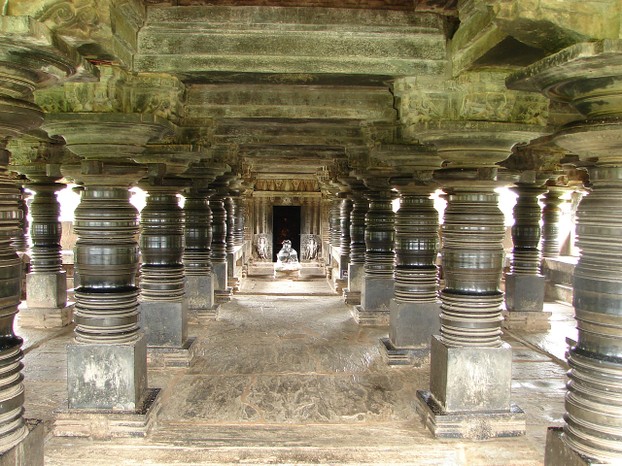
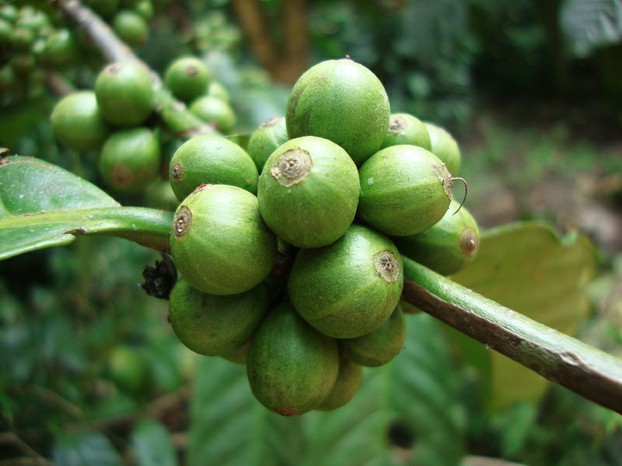
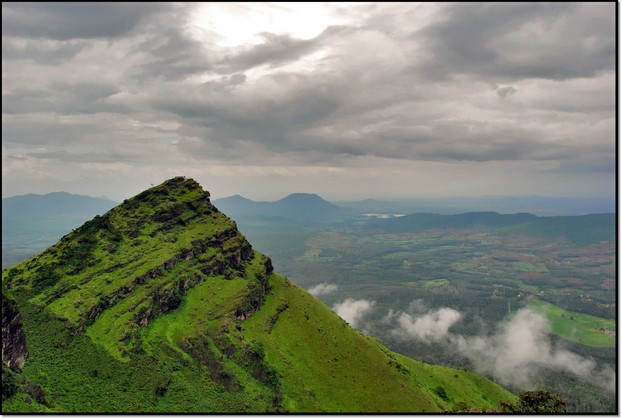
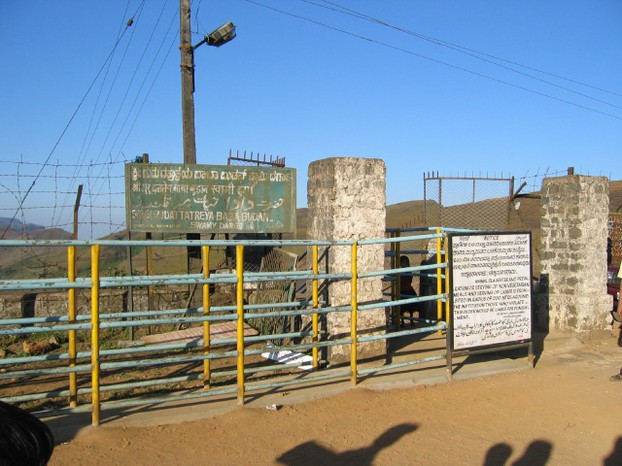
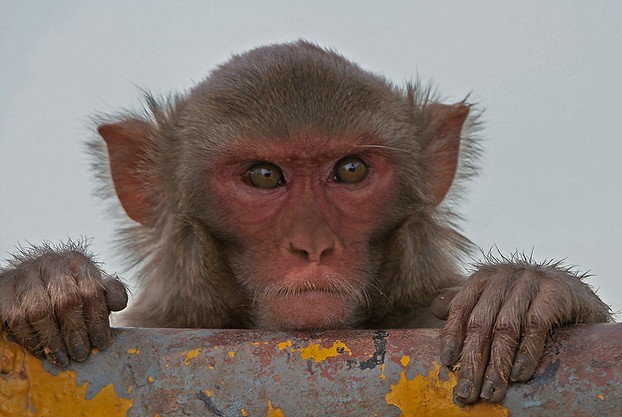
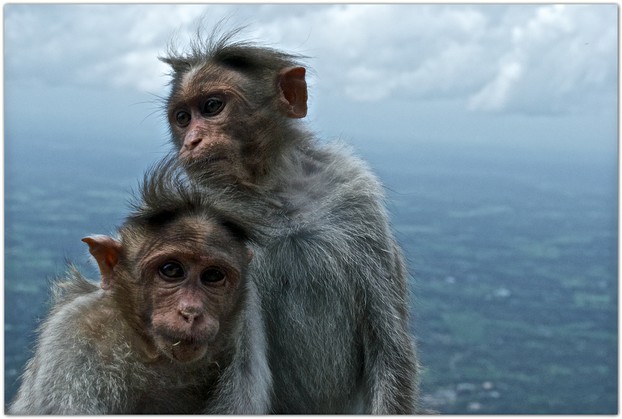
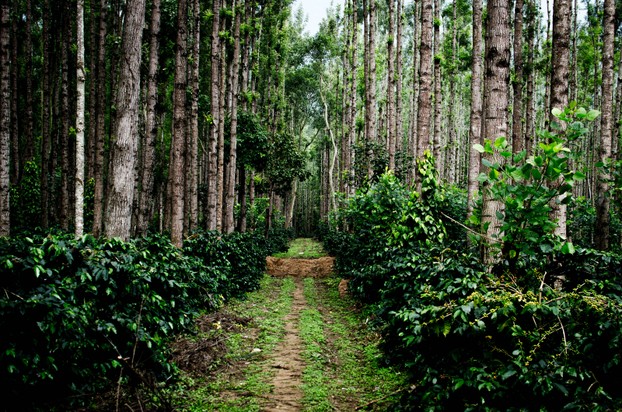
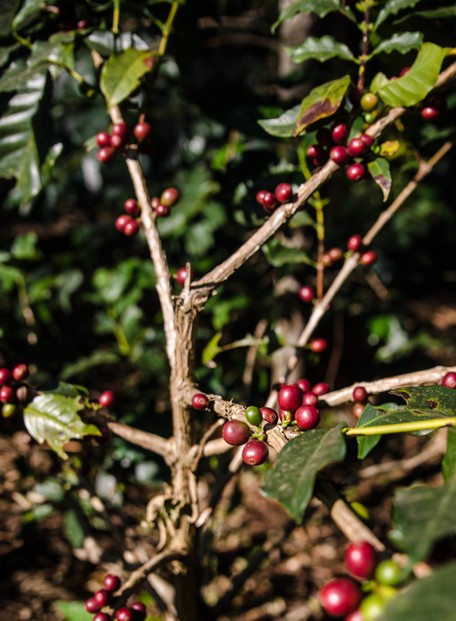
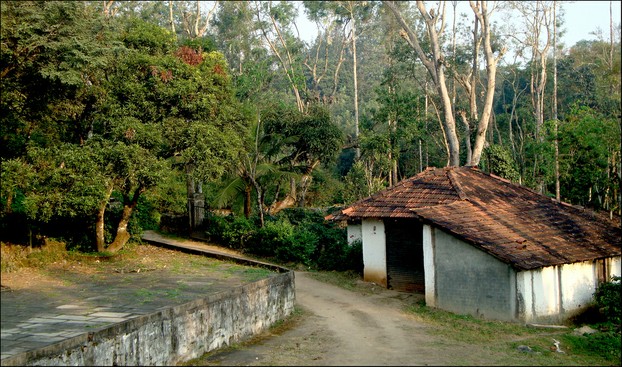
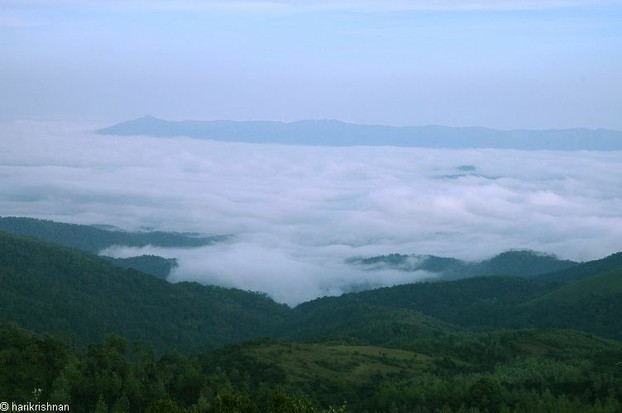




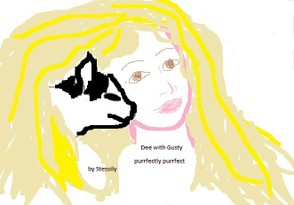
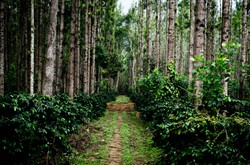

 Are Hawaiian Huakai Po Nightmarchers Avenging Halloween Thursday?on 10/02/2024
Are Hawaiian Huakai Po Nightmarchers Avenging Halloween Thursday?on 10/02/2024
 Mailing Addresses for 2023 Form 4868 Extending 1040 and 1040SR April 15, 2024, Due Dateon 04/15/2024
Mailing Addresses for 2023 Form 4868 Extending 1040 and 1040SR April 15, 2024, Due Dateon 04/15/2024
 Mailing Addresses for 2023 Forms 1040 and 1040SR Filed in 2024on 04/15/2024
Mailing Addresses for 2023 Forms 1040 and 1040SR Filed in 2024on 04/15/2024
 Mailing Addresses for 2022 Form 4868 Extending 1040 and 1040SR April 18, 2023, Due Dateon 04/13/2023
Mailing Addresses for 2022 Form 4868 Extending 1040 and 1040SR April 18, 2023, Due Dateon 04/13/2023

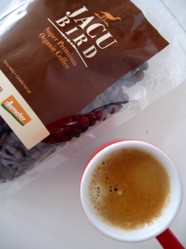

Comments
In 2025, the Setty family business marked Panduranga Coffee brand's 87th year.
Panduranga Coffee is involved in all aspects of the niche producer's coffees: "growing, manufacturing, transporting and selling the products to the consumer," according to the "About Us" page of the premium coffee roasters' website (https://www.pandurangacoffee.com/page...).
Panduranga Coffee was founded in 1938 by Sri Papanna Setty, according to the "About Us" page of the premium coffee roasters' website (https://www.pandurangacoffee.com/page...).
For those asking about Panduranga Coffee Works in Chikmagalur:
Panduranga Coffee Works operates as the retail store for Panduranga Coffee brand. The store is located on MG Road, near the intersection with Shetty Street, in Chikmagalur.
Panduranga Coffee Works is open "Mon - Sun, 9am - 9pm," according to the brand's website (https://www.pandurangacoffee.com/).
Siri Coffee is located next to Siri Nature Roost (https://sirinatureroost.com/).
Siri Nature Roost self-describes as "a carefree, intimate paradise where absolute luxury meets unbounded freedom, inspired by nature and crafted with love."
Siri Nature Roost includes a impressive image of Siri Coffee's stone sculpture among photos on the luxury staycation's Facebook site:
https://www.facebook.com/sirinaturero...
For those asking about the Siri Coffee Sculpture in Chikmagalur:
Yes, a beautiful, giant stone sculpture of Mother Earth, dressed with grass and flowers, is positioned at the Siri Cafe, also known as Siri Coffee or Siri Coffee Bar. The sculpture's nature-themed jewelry includes a necklace of flower pots.
For closeups of the sculpture:
via Indian Footsteps at: https://www.facebook.com/IndianFootst...
and
via Wow Karnataka at: https://www.facebook.com/wowkarnataka...
Siri Coffee is on Facebook at: https://www.facebook.com/people/Siri-...